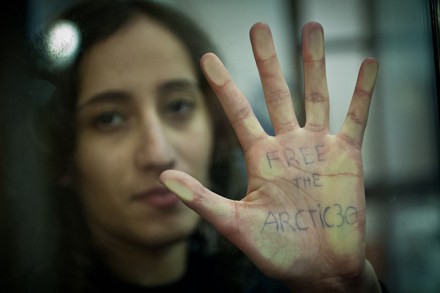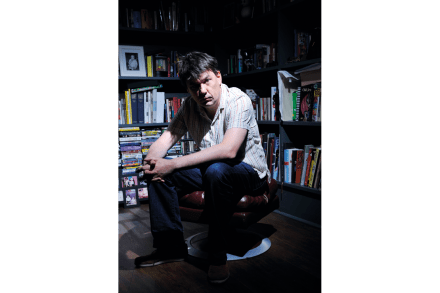When piracy meets protest
Sometimes there are advantages to being ill-informed. Knowing embarrassingly little about why 30 Greenpeace activists were jailed in Russia in 2013, or the wilder assertions made by the broadcaster Alex Jones (emphatically not the woman from The One Show) meant that two documentaries this week unfolded for me like the twistiest – if not necessarily the most plausible – of thrillers. Twenty-four per cent of Americans still doubt that the Sandy Hook massacre even happened Then again, in my slight defence, such ignorance seemed to be what both programmes were assuming – because, unlike many documentaries, they didn’t summarise or give away the story they were about to tell. Instead,




















